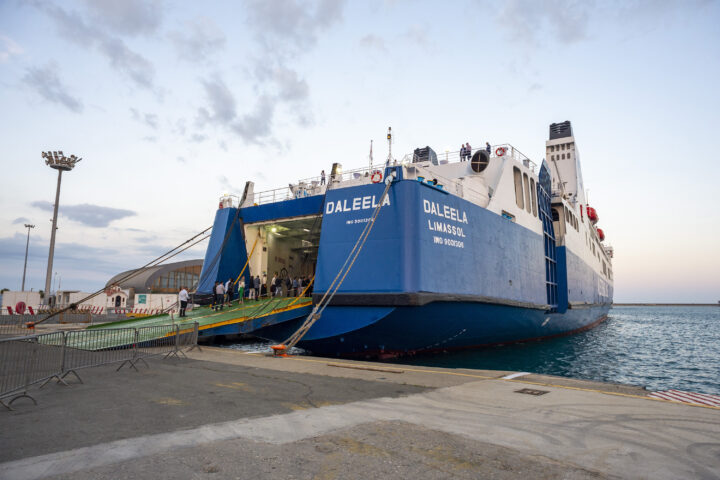The risks faced by developers of new electricity interconnectors in Europe, generally the national Transmission System Operators (TSOs), vary according to the specific features of the projects but are, in general, well mitigated by factors including the regulatory cost recovery mechanism, according to Moody’s.
"Many of the European TSOs will be involved in developing additional interconnector capacity over coming years with the European Commission estimating that EUR 40 bln of investment will be required over the period to 2020 to meet the target that all member states have electricity interconnection capacity equivalent to 10% of generating capacity", said Phil Cope, a Moody's analyst. "The risks faced by the TSOs vary according to the scale of the interconnector investment programme and specific development risks but may be mitigated by factors including the cost recovery mechanism and the TSOs overall financial strength and flexibility", added Cope.
 The European Commission believes an interconnected European energy grid is vital in securing energy supply, increasing competition, maintaining affordable electricity prices, and meeting decarbonisation and climate change policy targets. Significant investment in the development of further electricity interconnectors across Europe is expected to enable member states to meet the target for 10% interconnector capacity. In early 2014, 12 of the 28 member states including UK, Spain and Italy fell below this target.
The European Commission believes an interconnected European energy grid is vital in securing energy supply, increasing competition, maintaining affordable electricity prices, and meeting decarbonisation and climate change policy targets. Significant investment in the development of further electricity interconnectors across Europe is expected to enable member states to meet the target for 10% interconnector capacity. In early 2014, 12 of the 28 member states including UK, Spain and Italy fell below this target.
The Commission expects that the 10% target will mainly be reached through the implementation of so-called Projects of Common Interest or PCIs. The first list of PCIs, adopted by the European Commission in 2013, includes 52 electricity interconnectors, of which 75% are scheduled to reach completion by 2020. According to the Commission, EUR 40 bln of investment will be required to meet the target.
Most interconnectors will be delivered by the national TSOs, with the investment included in their regulated asset base. Land based interconnectors are effectively extensions of existing transmission networks, and unless their sclae is significant relative to the existing network, or there are other specific development challenges, Moody's would not expect implementation to weigh upon the credit quality of a TSO. International subsea interconnectors are, however, potentially much more challenging.
Regulatory regimes may offset construction risks and Moody's views the German regulatory framework as most supportive for interconnector investment. At the other end of the spectrum, developers of regulated interconnector assets in Great Britain face much greater exposure to potential delay and cost overruns.
Risks for operational interconnectors may converge with those for regulated networks. Many of the European regulatory regimes provide operators with protection against the risks associated with revenue loss due to both outages and fluctuation in congestion revenues. Under all regulatory frameworks, except the GB model, fluctuations in net congestion revenue will cause the TSO to under or over-recover against allowed revenue in a given year, with the difference reflected in tariffs the next year. By contrast, under the GB model, the developer is exposed to these fluctuations within the level of the cap and floor, and thus subject to variable returns. The return within the floor payment is based on a cost of debt index and is thus much lower than the WACC set in onshore price controls, although if congestion revenues are high the TSO earns a much higher return.
TenneT Holding B.V. (A3 stable), in particular, has a large interconnector investment programme. However, for its developments in Germany, and in common with TSOs such as Amprion GmbH (A3 stable) and 50Hertz (owned by Eurogrid GmbH – Baa1 stable), it will benefit from the favourable regulatory regime. National Grid plc (Baa1 stable), with perhaps Europe's largest interconnector investment programme over the remainder of the decade, is less protected against the risk associated with time and cost overruns and also faces greater exposure in cases of operational issues. Moody's notes, however, its planned interconnector investments are small in the context of the group as a whole.






